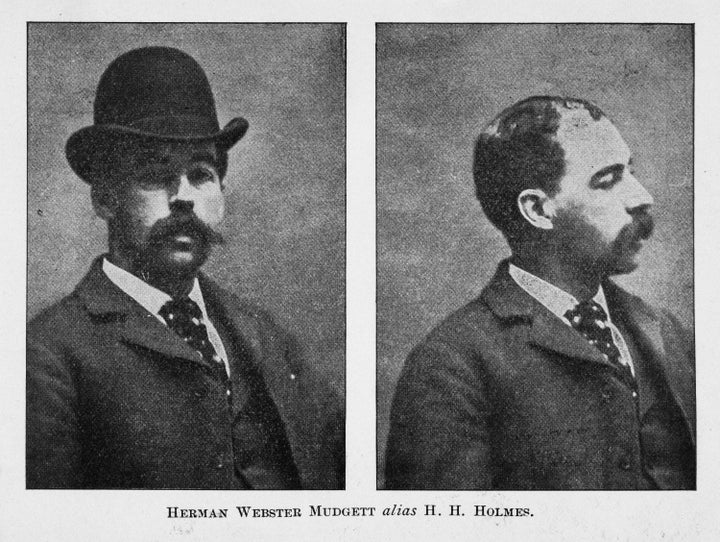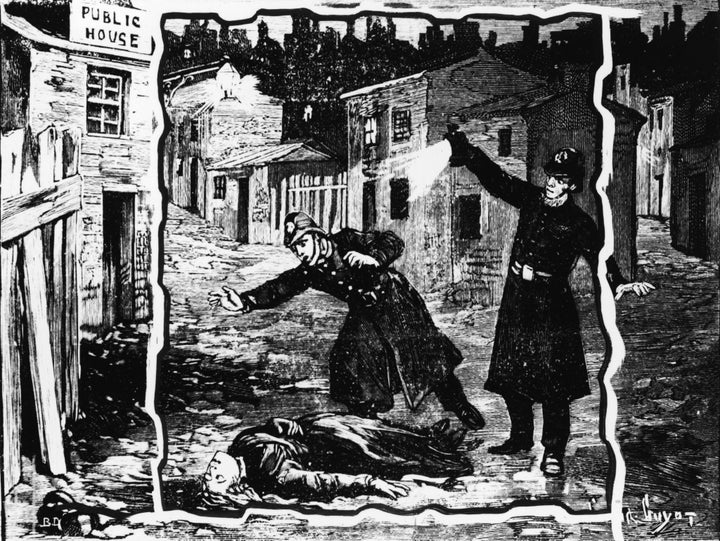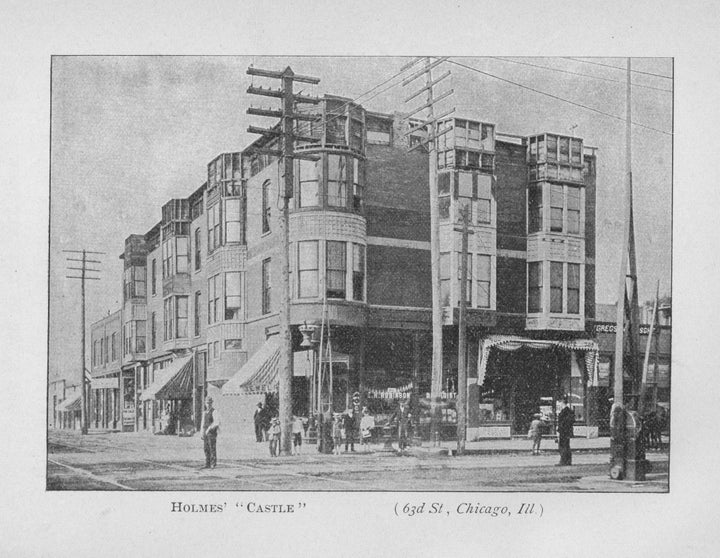Jack the Ripper wreaked terror on the streets of Victorian England in 1888, murdering five prostitutes before apparently disappearing back into the foggy alleyways of Whitechapel from whence he came.
But one man claims he simply crossed the Atlantic and carried on his murder spree in America – naming the fiend as his own great-great grandfather Dr Henry Howard Holmes. Holmes was later executed after confessing to 27 killings in Chicago’s grisly Murder Castle case.
Jeff Mudgett, who explores this theory in the History series American Ripper, told The Mirror Scotland Yard had visited the US amid rumours the killer was an American doctor, after Mary Kelly’s viciously mutilated body was discovered in her East End home. Her breasts had been cut off and her uterus and kidneys removed.

Mudgett, who trained as a lawyer, said: “I don’t know why Scotland Yard aborted this search then. I think they knew it was an American doctor. I think he committed his crimes, booked a trip home and they followed him back here. I don’t know why they stopped, it could have been money.”
Holmes, who is dubbed America’s first documented serial killer, admitted to 27 murders, but is reckoned to have killed up to 200 people in his lifetime.
He was the architect of his own three-story hotel later nicknamed Murder Castle, where he lured his victims from the 1893 Chicago World’s Fair. Some people checked in and simply never checked out.

After killing his victims in various horrific ways (there were gas chambers, blow torches, a dissection room, trap doors and a furnace), Holmes would sell their skeletons to medical schools.
Mudgett, who partners with ex-CIA analyst Amaryllis Fox for the show, added: “If they had stuck with their investigation, if they had followed with the evidence, they may have stopped the Murder Castle being built at all.”
Many believe the London Ripper was surgically trained, given the nature of some of the wounds of his victims. Holmes was a doctor who had studied in the anatomy lab of the University of Michigan’s department of Medicine and Surgery – something the university features on its website.
Indeed Mudgett claims Holmes’ diaries indicate he was in London in 1888, the year of the Ripper murders.

Holmes was sent to the gallows in 1896. It is said the fall did not kill him and instead left him dangling and slowly strangling for 15 minutes. According to his own instructions, his coffin was encased in concrete and buried 10 feet deep because “he had a terrible fear of his body being stolen and ending up on a dissecting table.”
Ripper suspects have ranged from Alice in Wonderland author Lewis Carroll, renowned poet Francis Thompson, to the wife of an eminent Victorian surgeon.
Crime writer Patricia Cornwell insists her research points to the culprit being the painter Walter Sickert, who died in 1942.
In 2011, a retired British murder squad detective put together what an e-fit of the man he believes was responsible for the Ripper murders – a German merchant called Carl Feigenbaum.
Feigenbaum was a suspect at the time of the murders, and reportedly told his lawyer that he had a “desire to kill and mutilate every woman who falls in my way.” He was later convicted of killing his landlady in Manhattan, and died in the electric chair in New York’s Sing Sing prison.
One theory suggests Jack the Ripper didn’t exist at all – and was actually the invention of a journalist hunting for a scoop.
All that is certain is that no one has ever been able to conclusively prove the killer’s identity.
